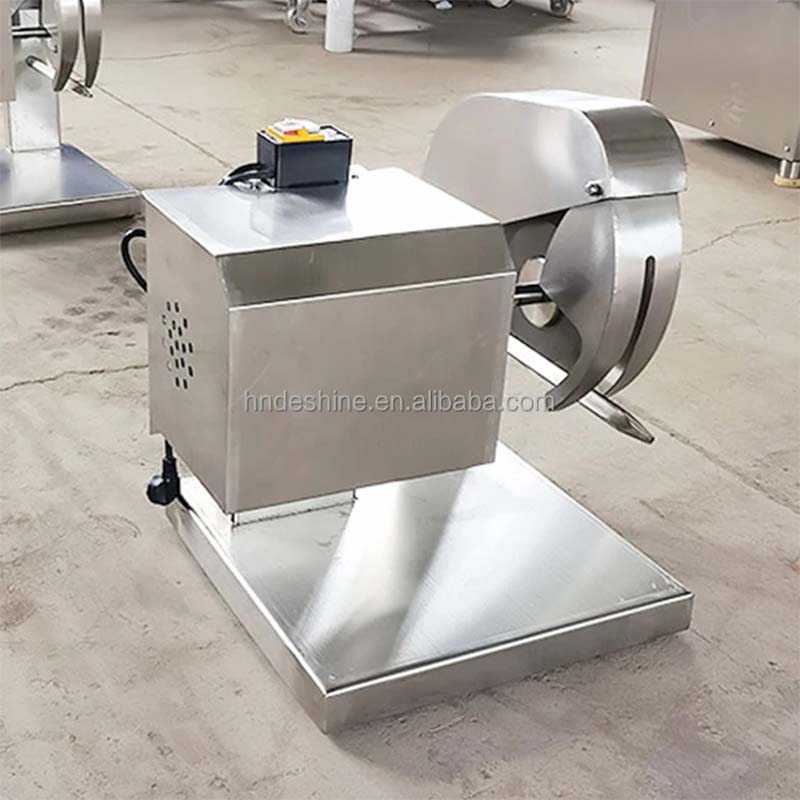Feed Pellet Production Equipment for Efficient Animal Nutrition Solutions
Aug . 20, 2024 11:30 Back to list
Feed Pellet Production Equipment for Efficient Animal Nutrition Solutions
Feed Pellet Making Machine Revolutionizing Animal Nutrition
In the modern agricultural landscape, the quest for efficient and sustainable animal feed production has led to the widespread adoption of feed pellet making machines. These innovative machines have transformed the way farmers and feed producers approach animal nutrition, resulting in enhanced feed quality and better overall livestock health.
The Importance of Feed Pellets
Feed pellets are compact, nutritionally balanced formulations that are easier for animals to consume compared to traditional feed. The process of pelleting involves grinding raw ingredients such as grains, vitamins, and minerals into a fine powder, which is then conditioned with steam and pressure before being extruded into pellets. This method offers several benefits it reduces feed waste, minimizes sorting, and helps ensure that animals receive a consistent and uniform diet.
Advantages of Using Feed Pellet Making Machines
1. Improved Nutritional Value By utilizing a feed pellet making machine, feed producers can create pellets that retain more nutrients than loose feed. The steam conditioning process helps to gelatinize starches, making them easier for animals to digest. Moreover, the ability to incorporate additives like probiotics and enzymes into pellets enhances their nutritional profile.
2. Enhanced Feed Efficiency Animals consuming pelleted feed often experience improved feed conversion ratios. This means that they require less feed to achieve the same growth rate, ultimately leading to more efficient meat, milk, or egg production. For farmers, this translates to lower overall feed costs and higher profit margins.
feed pellet making machine

3. Reduced Feed Waste Loose feed is prone to spoilage and wastage due to factors like weather conditions or animal behavior. Pellets are less susceptible to these issues, resulting in reduced feed waste. Additionally, the compact nature of pellets allows for easier transportation and storage.
4. Facilitating Multi-species Feeding Feed pellet making machines can produce pellets tailored to different animal species, ranging from poultry and swine to cattle and aquaculture. This versatility allows farmers to produce various feeds on-site, catering to the specific dietary needs of their livestock.
5. Environmental Benefits The use of feed pellet making machines contributes to sustainability efforts in animal agriculture. By minimizing waste and optimizing feed efficiency, these machines can help reduce the environmental impact associated with livestock farming, such as greenhouse gas emissions and land degradation.
Types of Feed Pellet Making Machines
Feed pellet making machines come in various forms, each suited for different scales of production. Small-scale pellet mills are designed for individual farmers or small enterprises, allowing them to produce custom feeds on their farms. On the other hand, large-scale industrial pellet mills are capable of producing significant quantities of feed pellets to meet the demands of commercial operations.
Conclusion
The feed pellet making machine is a game-changer in the realm of animal husbandry and nutrition. Its ability to enhance feed quality, reduce waste, and improve the overall efficiency of livestock production makes it an invaluable tool for farmers and feed manufacturers alike. As the global demand for animal protein continues to grow, the adoption of advanced feed processing technologies like pellet mills will play a critical role in ensuring sustainable and efficient agricultural practices. Embracing this technology not only benefits the agricultural sector but also supports a healthier and more sustainable food system for future generations.
-
Hot Sale 24 & 18 Door Rabbit Cages - Premium Breeding Solutions
NewsJul.25,2025
-
Automatic Feeding Line System Pan Feeder Nipple Drinker - Anping County Yize Metal Products Co., Ltd.
NewsJul.21,2025
-
Automatic Feeding Line System Pan Feeder Nipple Drinker - Anping County Yize Metal Products Co., Ltd.
NewsJul.21,2025
-
Automatic Feeding Line System - Anping Yize | Precision & Nipple
NewsJul.21,2025
-
Automatic Feeding Line System - Anping Yize | Precision & Nipple
NewsJul.21,2025
-
Automatic Feeding Line System-Anping County Yize Metal Products Co., Ltd.|Efficient Feed Distribution&Customized Animal Farming Solutions
NewsJul.21,2025






